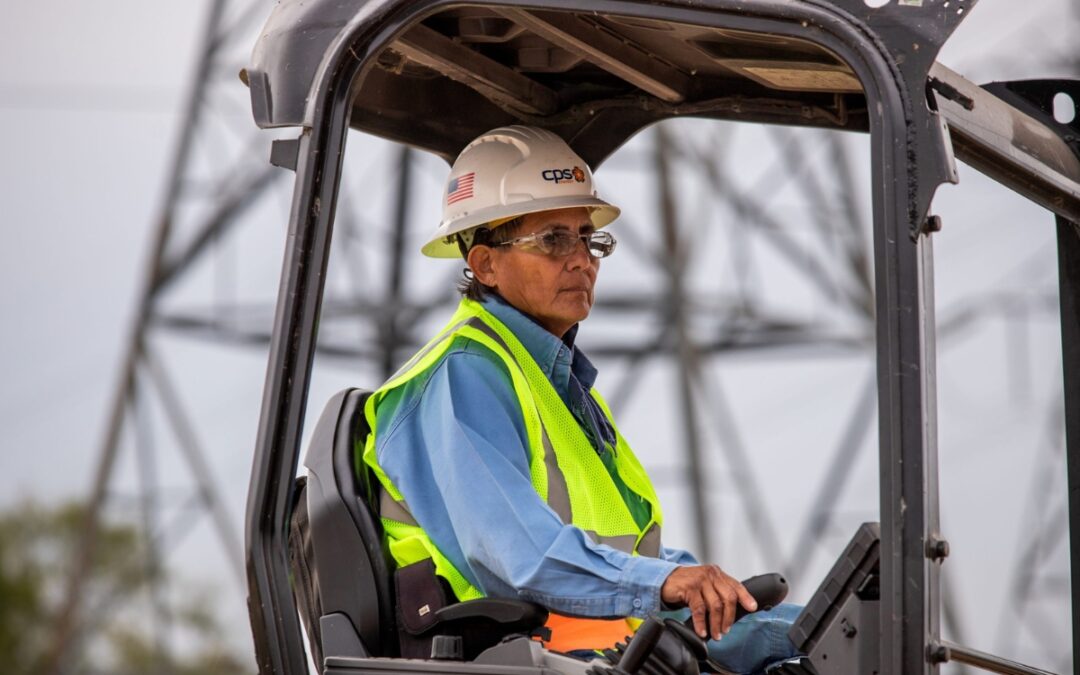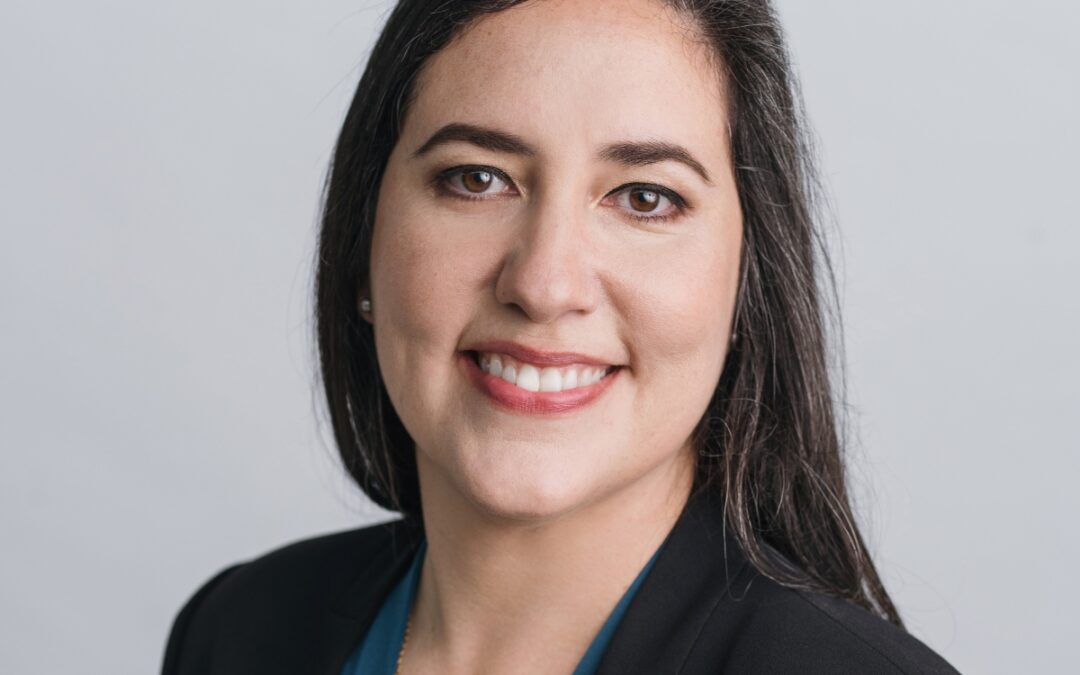Brenna Halverson: UTSA Department of Earth and Planetary Sciences
By Antonio Gutierrez
When Brenna Halverson tells people she works in volcanology, she often gets a puzzled look followed by the remark, “Oh, you study Star Trek for a living?”
Halverson will then have to explain that volcanology is the study of volcanoes and lava. And if you’re a fan of the “Star Trek” franchise, then you know the Vulcans are the humanoid species from the planet Vulcan. Big difference, although volcanology is derived from the Latin word, “vulcan.”
“I think of it as studying the living pulse of the earth,” Halverson said. “There’s something so dynamic about volcanoes. I find great beauty in them.”
Since age 5, Halverson has had a wild fascination with volcanoes, which all began when her parents took her on a trip to Hawaii, where she saw lava flows up close. “My parents and I were able to go out to a lava flow with a park ranger,” she said. “It was just really exciting at such a young age.”
Halverson is now doing research as a Ph.D. candidate and works in UTSA’s Earth and Planetary Sciences Department. Her current research includes studying Kilauea, an active volcano on the big island of Hawaii.
“(Regarding Kilauea,) I am focused on how the rheology (the study of how a fluid moves and responds to stress) evolves in lava flows and to see how bubbles affect how the lava flows move and form,” Halverson said.
She’s also studying lava flow from a volcano in central Iceland, Askja, that last erupted in 1961. “It’s located just north of the Vatnajökull glacier and has a huge crater in the middle of it,” Halverson explained. “In 1961, it had a fissure open on the side (of the volcano). The lava flowed about 4 miles in 10 hours, which was actually quite rapid.” This ties it to her research in Hawaii, as the lava flow she is working on there, the main Ahu’aila’au flow from the 2018 eruption, also traveled very rapidly.
Research is something that Halverson has always enjoyed, and she takes after her parents, who, she said, are both researchers in their respective fields. For instance, her parents were Naval dentists and worked in medical research. “They’re both scientifically and analytically minded, and they encouraged me to take a scientific path,” she said. “I like tackling a problem and learning how to fix it.”
After getting her Ph.D., Halverson has her ultimate sights set on working for the U.S. Geological Survey, the main branch of the government that studies geology and earth sciences. “A volcano observatory is where I would like to work,” she said. “They are tasked with monitoring, modeling, and determining the likelihood of an eruption occurring, as well as hazard mitigation and disaster preparedness.”










0 Comments